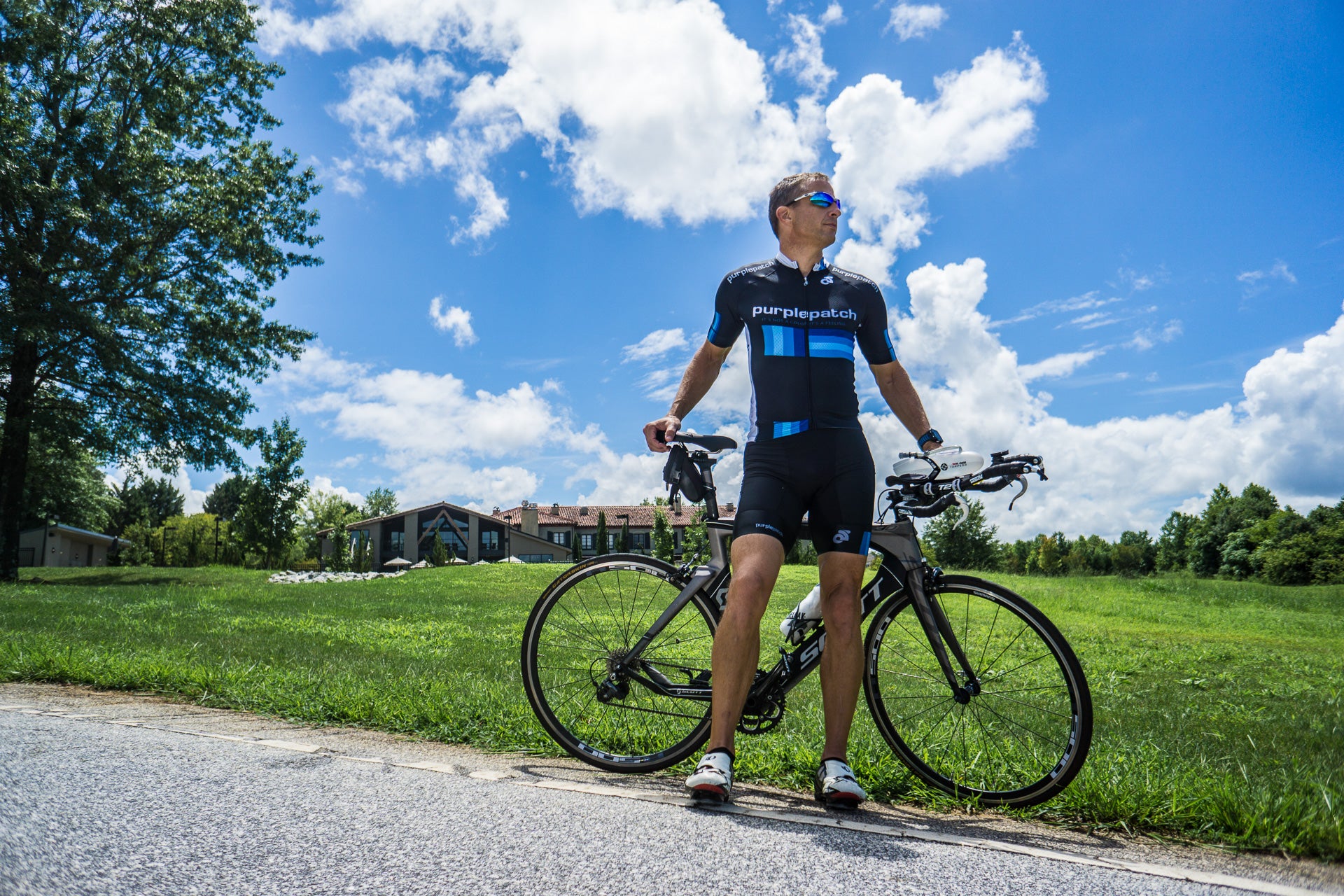How to Implement a Run/Walk Strategy
Dec 16, 2016
Whether it's the run as part of an IRONMAN or if it's a stand alone marathon, when you ask many athletes their run strategy for the upcoming race, it often goes something like this, “I'm going to run as far as I can and then will add some walking when I have to.” BIG MISTAKE! Once you reach the point where the body HAS to walk, you have already lost.
We at purplepatch (where Sean is a triathalon coach) find that a Run/Walk strategy can often lead to a MORE successful performance on race day. The key is to meter out your resources so that you finish depleted but still finish strong. Running until you can't run anymore will not achieve this! If you know you are likely to have to take walk breaks on the day, you should implement this strategy at the BEGINNING of your race.
A run/walk strategy will help you delay fatigue, keep you feeling better during (and after the race - recovery), allow you to dictate when you walk and when you run - control, and result in a comparable if not better overall time. How do you implement a run/walk strategy? Terrain - The first thing that should always dictate your actions is the environment itself. Let the terrain dictate. The first place to walk is the hills. Many athletes try to push up the hills. Once they are fatigued, they end up 'running' up the hills very slowly with poor form. Here's the secret - It uses a lot less energy to walk up a hill with good form, than to run up a hill with poor form - and it's almost as fast. Ensure that you run all downhills. Let gravity help and let the body be carried down the hill with good form.
Aid Stations - Fueling and hydration are too important to compromise. Walk the aid stations. Slow to a walk and take hydration on - cup in each hand. This slower walking only last 10-15 seconds as you get your cups. Then you STRIDE. Striding is a FAST walk. Not window shopping, but think walking with purpose. This should be 15 min/mile or 4 mph pace. You can continue to drink while striding. Striding can last anywhere from 30 seconds to 2 minutes. On a schedule - If it's too far to run continuously between aid stations then you can run on a schedule. Choose another walk break roughly halfway between aid stations. Here again, 15 seconds of slow walk and then it's right to striding as in the aid stations. A couple of more points:
- As you near the end of the race, you can choose to 'run it out'. If the body is feeling good then no need to talk anymore walk breaks. Finish strong.
- Each and every time you start to run again, it's a time to focus on form. This should become an engrained habit. Form, form, form. This is one advantage over the athlete that tries to continue running the entire race- they often forget to come back and focus on form.
For athletes that can't run the entire run course, a run/walk has provided the BEST opportunity for a successful day. Implement it early and you will be able to finish strong!
About the Author:

Sean Garick is a Promax Doer. He is a triathlon coach with purplepatch fitness. Sean is a retired 22 year Marine corps officer-LtCol. He was a fighter pilot and a test pilot with over 300 carrier landings and 2300 hours of flight time in 25 different types of aircraft. He became interested in endurance sports later in life and joined forces with Matt Dixon. He retired last year and came on full time as a Ironman U certified coach.



